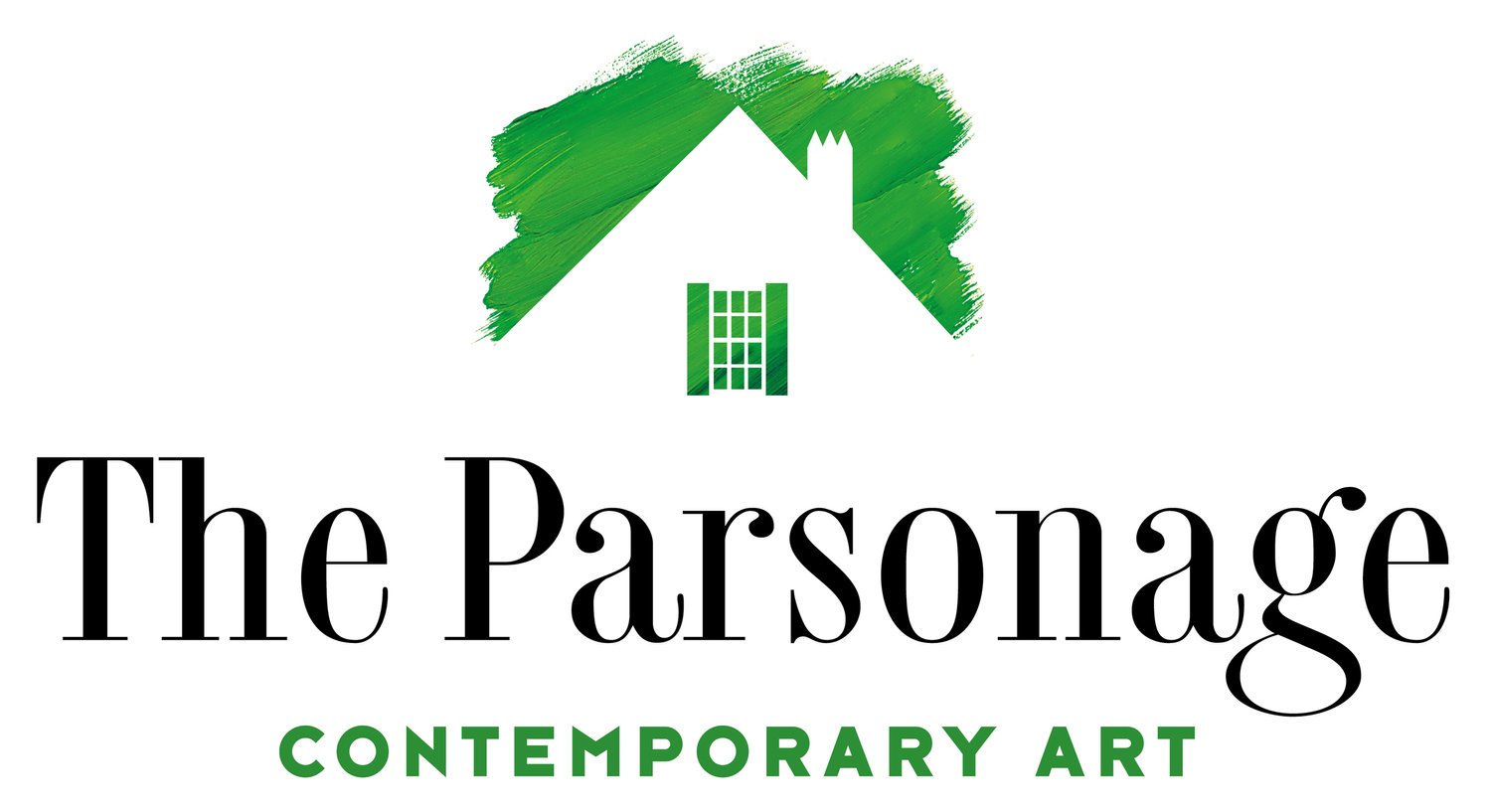I’ve never been a churchgoer, except for a few times when I was a child. I went to the Cape Split Chapel once, and another old church in Addison, Maine, where I grew up. But I’ve always been intensely interested in the sacred. I still am. For a few years, on my way to paint nearby landscapes, I drove by certain old churches and summer chapels. I admired their shapes and how they interacted with the trees and sky around them. One day I decided to stop and paint one of them. It was St. Mary Star of the Sea in Stonington. I painted it because it reminded me of the Anne Porter poem “On the Maine Islands” from her collection Living Things, and had an incredible view behind it, out to Isle au Haut. For a year it became a habit of mine to stop and paint others, especially when I loved their evocative and mythic names: All Souls by the Sea, St. Brendan the Navigator, the Rockbound Chapel.
Other than that, I’m not sure why I ended up making this series. I followed my instincts, however, and will tentatively say that the paintings reflect my passions as a painter: symbolic and metaphorically meaningful landscapes, the inherent rightness of natural materials and details, and possible indicators toward the divine.
The fact that I love these old buildings, their names, and the land they inhabit feels confusing and painful since I’m acutely aware that colonization and Christianity had disastrous results for the Wabanaki, particularly the Penobscot and Passamaquoddy people whose homeland this is.
The landscape and the sky somehow seem to hold the buildings. In my paintings, there are some dark shadows, a few ways in and out, and light coming and going, the way it does. That light and shadow. Where is God, who I like to call The Big Everything? Where is the sacred to be found? Everywhere? I love the painter Emily Carr, who wrote in her diary Hundreds and Thousands, in 1940, God “was like a great breathing among the trees.” She also wrote that outside, God “had no form…. just was, and filled all the universe.” In retrospect I realize that I painted these chapels and churches as part of my own spiritual practice, in a state of open curiosity and wonder. I also knew envy, of the people of faith who frequent them. And a quiet holy quality was present as I experienced them alone on summer days, when the doors were sometimes unlocked.
These paintings could be seen, or even held, as pocket devotionals. They remind me of the birdhouses my husband Ryan used to build: little homes for free spirits to dwell in a while, before flying away. Me? I’m outside, looking within.
— Sarah Faragher
